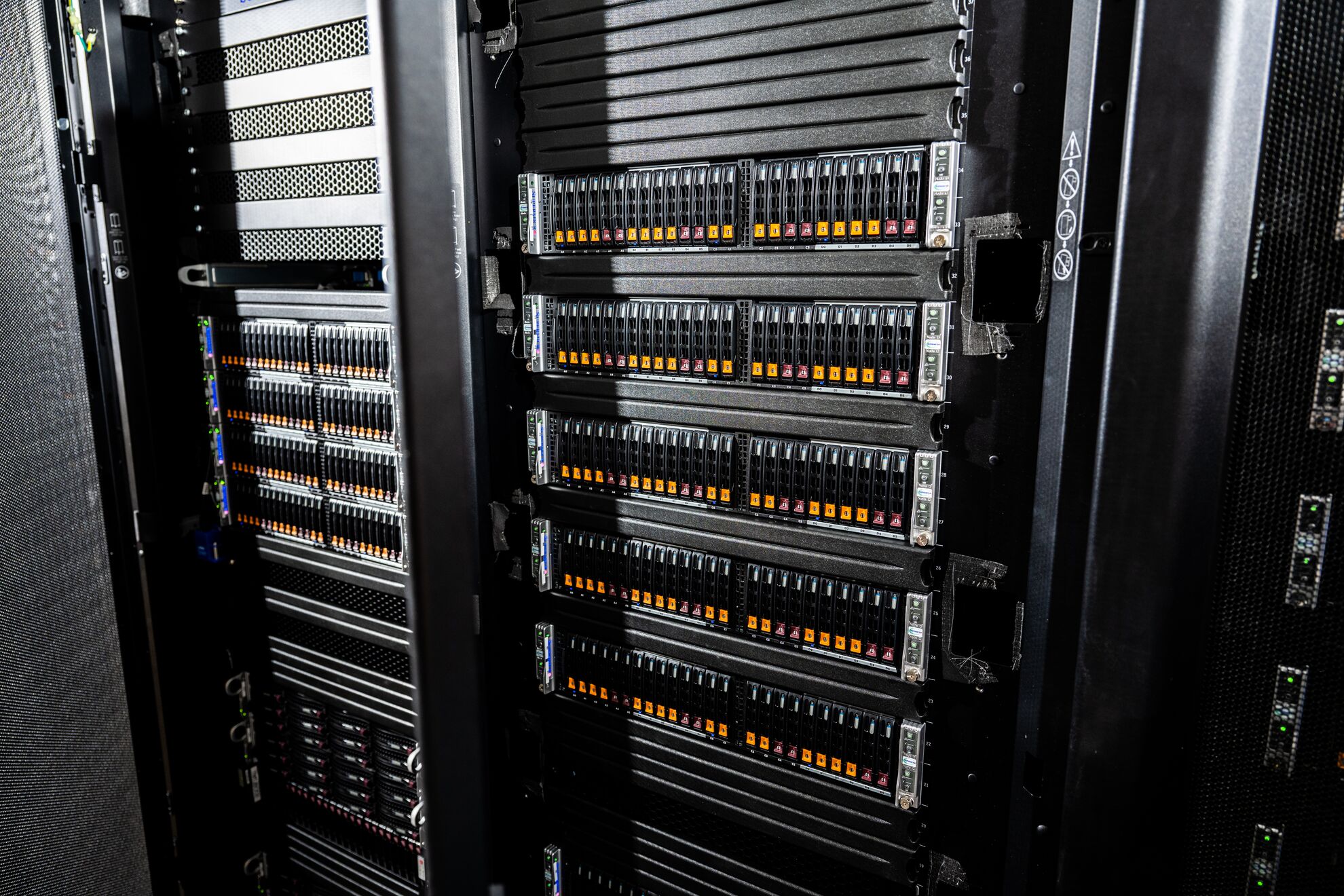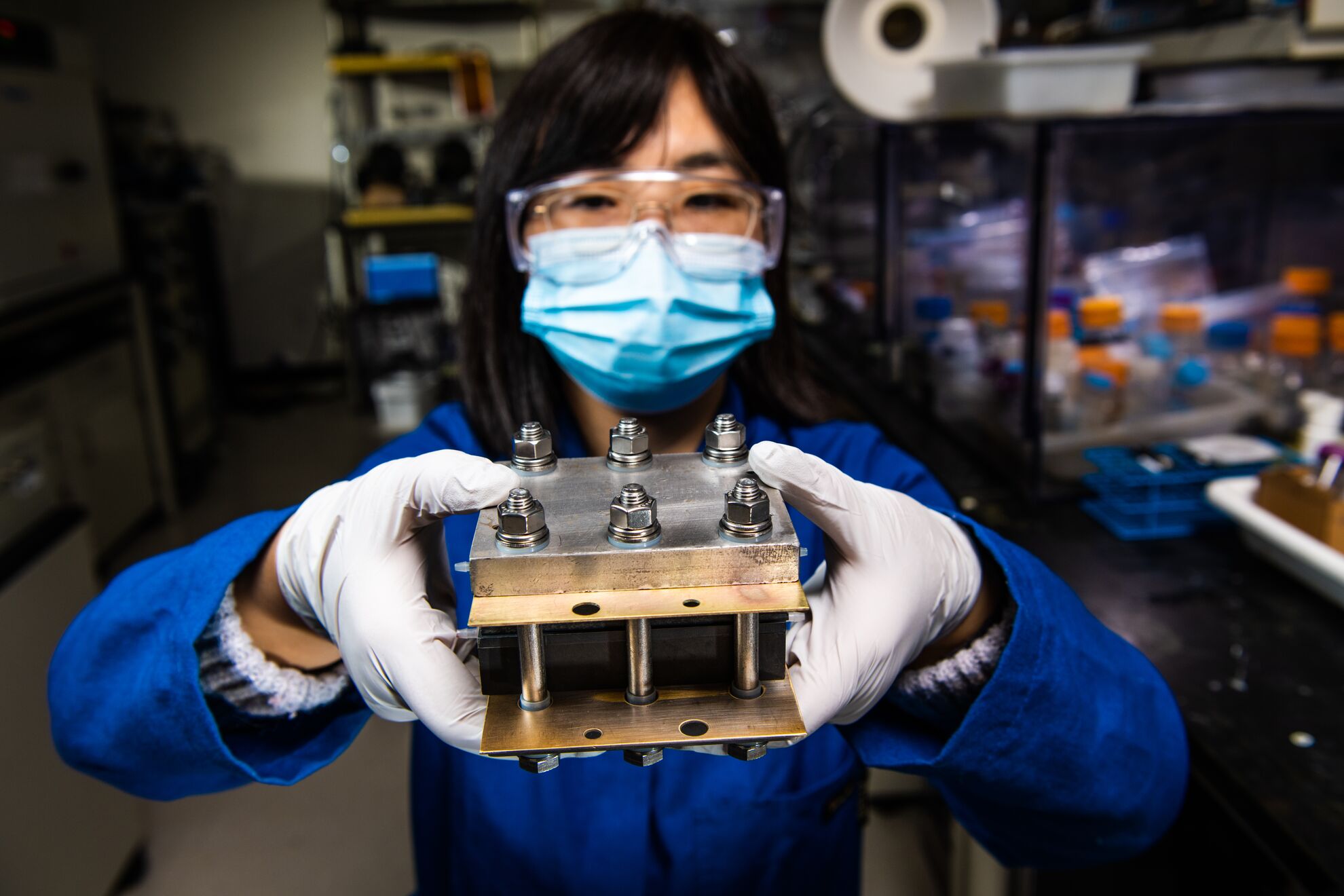RICHLAND, Wash.- A new database that makes thousands of the ideas, technologies, methods and software developed by the Department of Energy available in one place has been created by DOE, working closely with software engineers and others at Pacific Northwest National Laboratory.
The Visual Intellectual Property Search database, known as VIPS, makes it easy to perform intellectual property searches and find technologies developed at DOE's 17 national laboratories and several additional plants and sites. The database contains information on more than 14,000 patents issued for research conducted by DOE scientists and engineers, as well as more than 6,200 available software packages.
The system is designed to increase the real-world impact of thousands of research projects undertaken by DOE employees and its contractors. Nearly all of the research featured in VIPS is available for licensing or open-source use.
The database, officially launched July 31, draws primarily on two sources: patents issued by the U.S. Patent and Trademark Office and DOE CODE, a repository of software maintained by the U.S. Office of Scientific and Technical Information. VIPS draws on those sources to make updates each week.
DOE's Office of Technology Transitions chose PNNL to lead development of the system. PNNL has longstanding strengths in computing and artificial intelligence that informs many areas, including basic science, national security and energy resilience. The computing prowess needed to analyze large and complex sets of data is a particular strength. Understanding how people can best use AI and powerful computing to achieve their goals is another focus at PNNL.
A team led by PNNL software engineer Scott Dowson developed VIPS with funding from the Base Annual Appropriated Technology Commercialization Fund, managed by OTT. The team worked closely with Tradespace, a firm specializing in the management of intellectual property, to develop the system's taxonomy, assuring that VIPS would be as useful as possible to the private sector.
A major challenge was coordinating the flow of information, coming in different forms from different sources, from all 17 DOE national laboratories as well as several other DOE plants and sites.
"Many scientists and others across the DOE complex worked hard to pull this information together, to make it available as broadly as possible," said Dowson. "We want to make sure that VIPS works as well as possible for all users-entrepreneurs, scientists and anyone interested in DOE's intellectual property offerings."
The database was created in part using custom-built AI software developed by PNNL to help deliver the most appropriate information for users. The extensive taxonomy suggests scientific terms that offer both specific and broad views of affiliated technologies that might be of interest.

Intellectual property searches made easy
VIPS comes with robust search and filtering features for users searching for technologies to advance in the marketplace. One can search a broad area, such as "energy" or "sensors." Or a more specific search can be conducted-within "energy," for example, "energy storage" and then "hydrogen energy storage" or "thermal energy storage." For instance, a search on thermal energy storage currently pulls up 152 patents and seven software packages-numbers that will climb as more intellectual property is entered into VIPS. Ultimately the system breaks down DOE technologies into about 800 categories.
The system can be searched and filtered in many other ways, including by type of intellectual property and by DOE entity. A search of any national lab quickly turns up the names of scientists involved with the most patents or software, areas of research with the most entries, the timing of the lab's patent applications, and the programming languages most often used in available software. Links to the laboratory where the invention was created, as well as the relevant commercialization contact, are also included.
For example, PNNL has 1,119 patents and 709 software packages included in VIPS. The research area with the most intellectual property listed is digital computing, followed by sensors, chemistry, energy, and materials-long-established strengths of PNNL. The people listed as the Lab's top innovators have been involved with methods to measure and analyze proteins, develop new mass spectrometry methods and create new energy storage technologies.

These are in addition to the most ubiquitous contribution to our daily lives-the airport scanners that millions of people walk through every day to make airline travel safe.
The rollout of VIPS comes 234 years to the day since the first U.S. patent was granted to Samuel Hopkins in 1790. That patent was for a process to make potash, an ingredient used in fertilizer. Research inventions related to energy continue to be essential and are featured prominently in VIPS.
The patents issued to DOE national laboratories, plants and sites were available previously through a portal known as the Visual Patent Search. VIPS offers several improvements-easier use, a more robust search function, a more sophisticated taxonomy of science areas, and most notably, the addition of more than 6,200 software packages. This is the first time the software offerings have been gathered in one location.
There are some limitations. Classified technologies are not included in the database, and some of the technologies that are included may have already been licensed, though arrangements can often be made to accommodate potential new licensees.
Entrepreneurs, technology scouts, researchers, business leaders, investors and other interested individuals are encouraged to Search | Discover | Connect.






